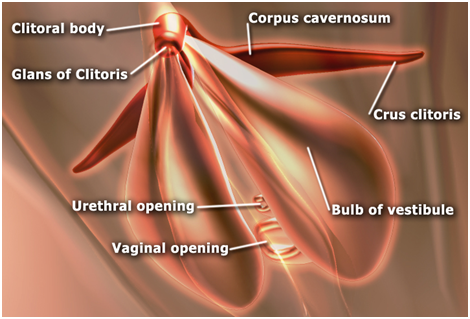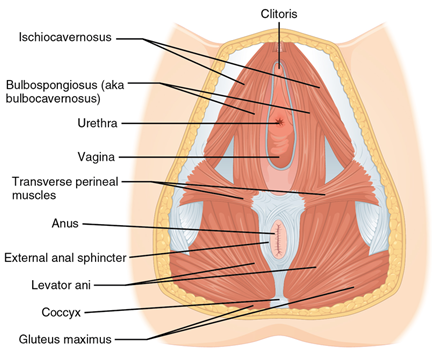The British Society for Paediatric and Adolescent Gynaecology (BritSPAG) has released a booklet to help women understand what natural and normal vaginas look like.

The guide was printed in response to a growing number of young girls and women seeking labiaplasty surgery, which reshapes the vaginal lips. The surgery has risen in popularity by around 45 percent year-on-year.
What is the vulva and vagina?
Many of us refer to female genitalia as the vagina, but it is actually the inside, which leads to the uterus. The outside, including the outer and inner lips (labia) and clitoris are known as the vulva. There is no ‘normal’ vulva; it comes in many different sizes and shapes. The inner labia is often smaller or bigger than the outer labia, skin can be a different colour and one side can be longer than the other; all are entirely normal and healthy.
Your ethnicity, age and if you have given birth all play a part in the way in which the vulva appears. In the same way that people’s faces have variety when compared to one another, the same is true for female genitalia. Similarly to any other organ in the human body, each is unique and no two are the same. If you want to compare your vulva to other women’s, check out the Labia Library, an online resource.

Image Credit
My vulva has changed
Although not commonly taught in Sex Ed, your vulva changes during puberty, similar to body odour and pubic hair. The mound where the pubic hair grows, mons pubis, gets rounder and the labia gets larger at this stage.
For older women, menopause and childbirth often change your anatomy, which is completely normal. However, in addition to regular screening, it is wise to ensure you are STI free by testing yourself using London home STI kits such as those found at https://www.bexleysexualhealth.org/chlamydia_screening/.
If you are worried or experience any bleeding or soreness, see your doctor as soon as possible.
Should I remove pubic hair?
Pubic hair’s purpose is to protect the vulva and vagina, so if you remove it these sensitive areas are not protected. If you experience discomfort around the vulva from clothing, you should let the hair grow back. Ensure you use a hair removal method that is designed for the area.
